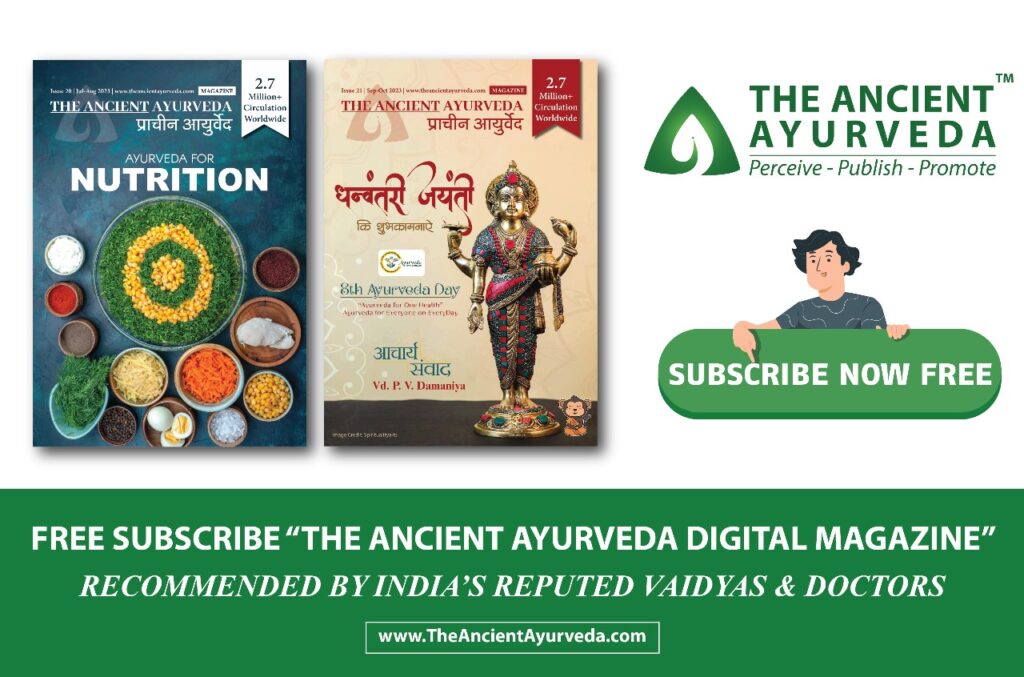Yoga is an ancient practice that originated in India thousands of years ago. It encompasses a wide range of physical, mental, and spiritual disciplines aimed at promoting overall well-being and harmony in the body and mind. While yoga is often associated with flexibility and contorted poses, it is a practice that can benefit people of all ages, body types, and fitness levels. In this sense, yoga truly is for everyone. Yoga is an excellent way to improve physical fitness. The various asanas (poses) in yoga work on different muscle groups, helping to increase strength, flexibility, and balance. Regular practice can improve posture, enhance body awareness, and promote overall physical health. Yoga is well known for its ability to improve flexibility. However, you don’t need to be naturally flexible to start practicing yoga. Regular practice gradually increases flexibility by stretching and lengthening the muscles and connective tissues. Increased flexibility can improve joint mobility, reduce the risk of injuries, and enhance overall physical performance. Yoga can be beneficial for individuals recovering from injuries or dealing with chronic conditions.
Yoga can be an effective tool for pain management, offering both physical and psychological benefits. It combines gentle movements, stretching, breath control, and meditation, which can help reduce pain, improve flexibility, and promote relaxation. Here are some ways in which yoga can help with pain management:
Physical Activity: Engaging in regular physical activity is important for managing pain. Yoga provides a low-impact form of exercise that can be adapted to suit individual needs and limitations. It helps to increase flexibility, strengthen muscles, improve posture, and enhance overall body awareness.
Stretching and Strengthening: Yoga poses (asanas) involve stretching and strengthening different muscle groups, which can alleviate muscle tension and imbalances. Stretching helps to improve joint mobility and flexibility, reducing stiffness and pain in the muscles and joints.
Breath Control: Yoga emphasizes deep, controlled breathing techniques. Focusing on the breath can help calm the nervous system, reduce stress, and decrease pain perception. Deep breathing also improves oxygenation, which promotes relaxation and helps release tension in the body.
Mind-body Connection: Yoga encourages the integration of mind, body, and breath. By cultivating mindfulness and body awareness, individuals can better understand and manage their pain. Practicing yoga helps shift the focus from the pain itself to the present moment, promoting a sense of acceptance and reducing anxiety.
Stress Reduction: Chronic pain often leads to increased stress levels, which can exacerbate the perception of pain. Yoga incorporates relaxation techniques such as meditation, guided imagery, and deep relaxation (shavasana) that promote stress reduction and enhance overall well-being.
Improved Sleep: Pain can disrupt sleep patterns, leading to fatigue and further exacerbating pain. Yoga can help improve sleep quality by promoting relaxation and reducing anxiety and stress levels, allowing the body to rest and heal more effectively.
Pain Acceptance: Yoga philosophy encourages acceptance and non-judgmental awareness of the body and its limitations. This mindset can help individuals develop a more compassionate attitude towards their pain, fostering emotional resilience and reducing suffering.
Yoga can be a beneficial practice for relieving arthritis symptoms and improving overall joint health. While it may not cure arthritis, it can help manage pain, increase flexibility, and enhance the range of motion in affected joints.
Yin Yoga: Yin yoga (child pose, savasana, butterfly pose etc.) is a slow-paced style that involves holding poses for an extended period, typically 3 to 5 minutes or even longer. It targets the deep connective tissues, joints, and fascia, promoting relaxation and increased flexibility. Yin yoga can be helpful for managing chronic pain by releasing tension and promoting a sense of calm.
Restorative Yoga: Restorative yoga (child pose, savasana, matsyasana, paadhastasana, vrukshasana etc.) are gentle forms of yoga that use props such as bolsters, blankets, and blocks to support the body in relaxing poses. The focus is on deep relaxation and restoration, allowing the body to release tension and promote healing. Restorative yoga can be particularly beneficial for individuals with chronic pain, as it encourages deep relaxation and stress reduction.
Gentle Hatha Yoga: Hatha yoga (Vajrasana, Garudasana, Tadasana etc.) is a gentle and slow-paced form of yoga that emphasizes proper alignment and breathing techniques. It involves a combination of poses, breathing exercises, and meditation. Gentle Hatha yoga can help improve flexibility, strength, and balance while providing a calming effect on the nervous system.
Chair Yoga: Chair yoga is a modified form of yoga that is performed sitting on a chair or using a chair for support. It is suitable for individuals with limited mobility or balance issues. Chair yoga focuses on gentle stretching, breathing exercises, and relaxation techniques. It can be an excellent option for those with chronic pain who may find it challenging to practice traditional yoga poses.
Yoga Nidra: Yoga Nidra, also known as “yogic sleep,” is a guided meditation and relaxation practice. It involves lying down in a comfortable position while following the instructor’s voice through various stages of relaxation. Yoga Nidra can help reduce pain, induce deep relaxation, and promote better sleep, which is essential for pain management.
It’s important to note that while yoga can be beneficial for pain management, it should be practiced mindfully and with the guidance of a qualified instructor, particularly if you have specific medical conditions or injuries. It’s always a good idea to consult with a healthcare professional before starting any new exercise regimen, including yoga, to ensure it is safe and suitable for your individual needs.
Overall, yoga offers a multitude of benefits that extend beyond the physical aspects of the practice. It can be a transformative journey that promotes overall well-being, enhances self-awareness, and brings a sense of balance and harmony to one’s life.

